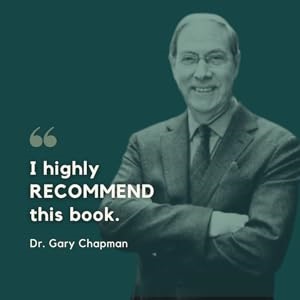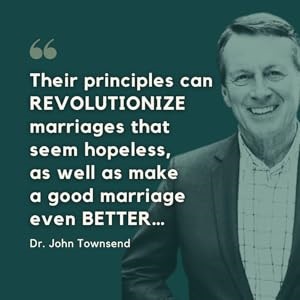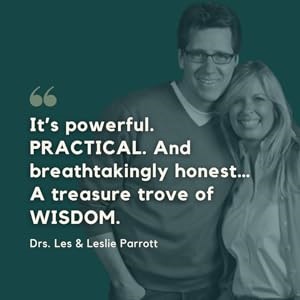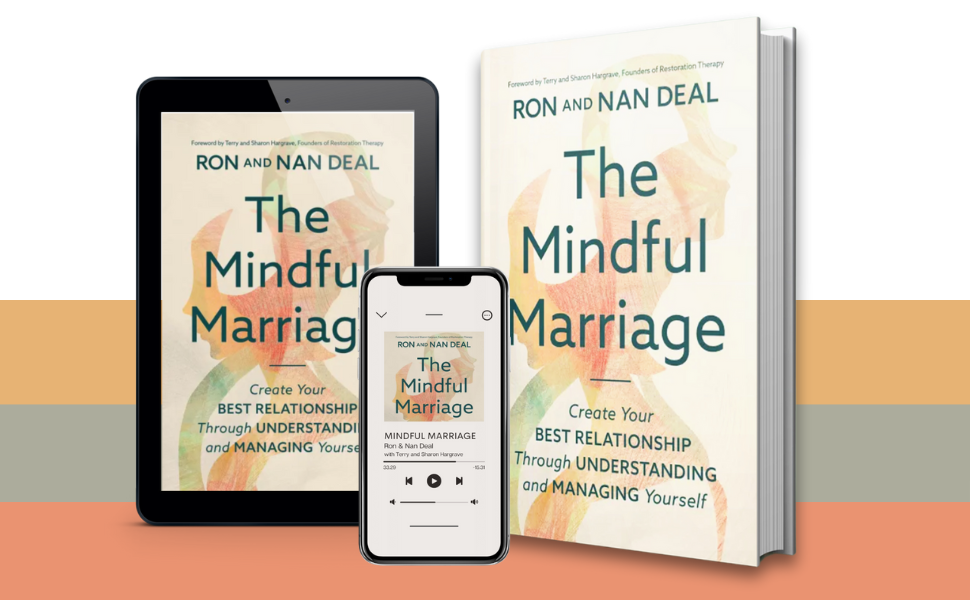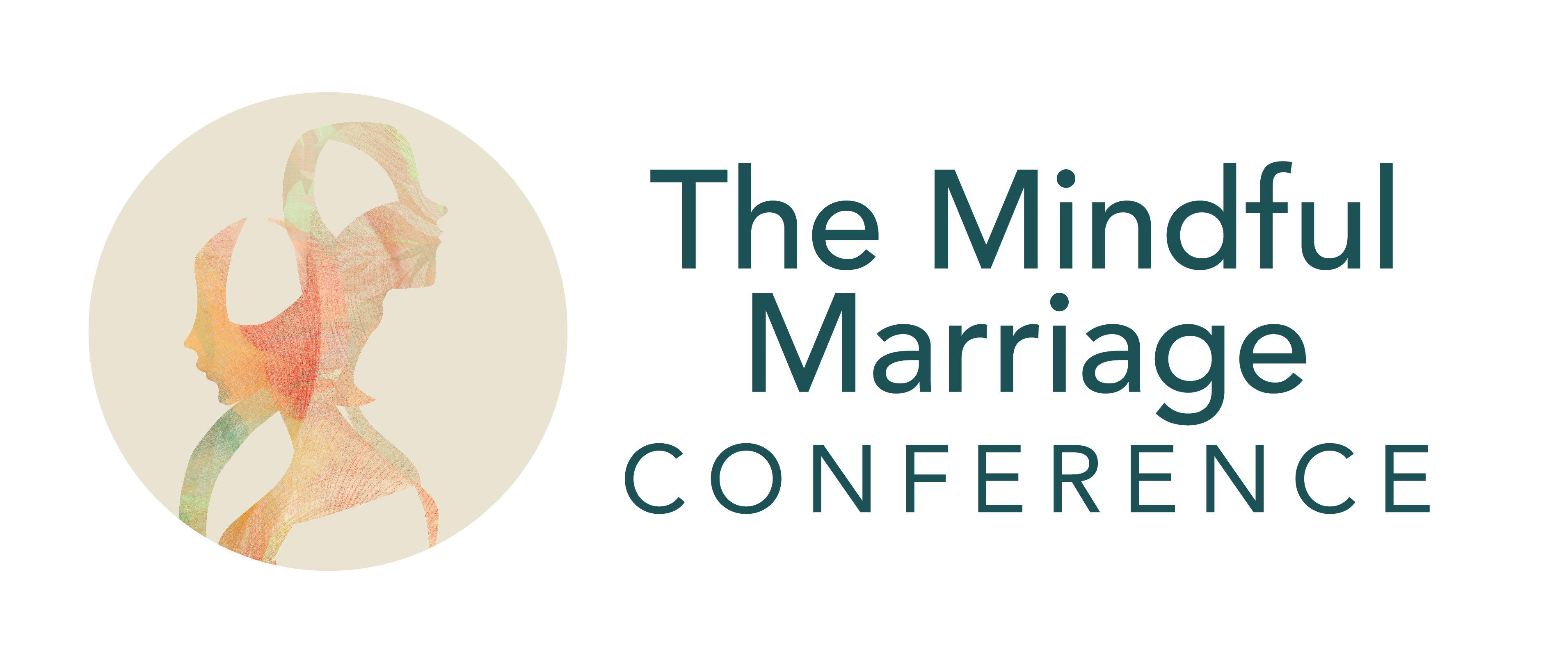Navigating Grief: The Two Rails
Ron & Nan Deal, with Terry & Sharon Hargrave
The following is taken from The Mindful Marriage: Create Your Best Relationship Through Understanding and Managing Yourself by Ron & Nan Deal and Terry & Sharon Hargrave, Worthy Books, 2025. Used with permission; all rights reserved. Though The Mindful Marriage is not a book about grief per se, it is about managing the pain of life with humility and self-control. Whatever the nature of your loss, whether a relationship, dream, family member, or a child as is the case with the Deals, the principles discussed in The Mindful Marriage apply. Chapter 10 of the book discusses how the principles generalize beyond marriage to other aspects of life (e.g., parenting, friendship, leadership, sexuality, and grief). Below is the section about grief. We hope this supports you or someone you love in the journey of loss. (To understand what is meant by “pain cycle,” “coping reactions,” “the four steps,” and other such terms used in this section, pick up a copy of the book today.) Additional videos are provided to support you as well. Feel free to share this article or videos with others, your small group, and your pastor. Learn more about the book and conference here.
----------------------------
IN GRIEF
Sorrow comes to all of us. If you’ve ever loved anything or anyone, you’ve likely experienced loss (and if you haven’t, you will). Our western culture is funny about grief. It’s often seen as a problem to solve. But since grief and sorrow over the loss of a family member are tears of liquid love, you don’t ever get past it, find closure, or go back to being who you were before the loss because you never stop loving them. It is a pain we carry, to one degree or another, throughout our lives.
We told you earlier that in 2009 we lost our middle son, Connor, when he was twelve years old. An MRSA staph infection ravaged his body over a ten-day period. We don’t know how he contracted the bacteria, but it cut short his precious life. We’ve spoken about our journey publicly, so we won’t take time to travel through that dark valley here, but I do want to share an observation that helped us wrestle with our grief and has helped others with theirs.
Around the first anniversary of Connor’s death, we started to put words on our experience with grief. The ubiquitous five stages of grief from Elisabeth Kübler-Ross that everyone tossed at us had not described what we felt and had not given us any practical perspective by which to monitor our journey.
Instead, what we came to say was that in the wake of Connor’s death our life seemed to be traveling on a train riding, as all trains do, on two rails. The left rail is sadness (deep, deep sadness) and the right rail, hope. The left rail gushes with anguish because we can’t see him today; the right includes the promise that we will see him again one day. The left, anger that we lost him and God didn’t stop it; the right, trust that God knows what he’s doing even if we don’t. The left is empty yearning; the right is full of memories of an amazing young man who was creative, funny, and imaginative. The left, unspeakable sorrow that has recalibrated every aspect of our life; the right, peace in the arms of the suffering Savior who knows the depth of our sorrow because he’s been there, done that.
And here’s what we began to realize about the two rails: neither rail invalidates the other. Neither cancels the other. They coexist—and now, fifteen years later, we can tell you they still coexist . . . and will, it seems, till Jesus comes.
Let me pause a moment. Christians really need to understand that last part. We regularly judge one another for not moving past sadness, as if faith is all you need. No, faith informs my pain, but it does not erase my pain. The hope of seeing Connor again in heaven comforts me, but it doesn’t stop my heart from hurting. Beauty can come out of ashes, but it doesn’t incinerate the ashes. Please stop expecting yourself or your grieving friends to find acceptance, be okay, and stop hurting. It just doesn’t work that way. Besides, sending that message to yourself or a grieving friend throws vinegar on their open wound. (See Proverbs 25:20 in the New Century Version.)
Grief is riding the two rails. Your whole life rests on them. Some days you’re leaning almost entirely on the left rail of sorrow and pain— it’s all you can see or feel, while other days you’re balanced between both. Over time we tend to shift more to the right rail of hope, but the left is always there, too.
Nan and I began sharing this metaphor with other parents who had also lost a child, and they could relate. It just seemed to fit. And then, someone encouraged us to read the laments of scripture and the stories of God’s people who experienced loss. We were stunned to learn just how many stories there are, from Job, to Lamentations, to Mary, Martha, and Jesus in John 11, to Jesus’ experience in the Garden of Gethsemane. In addition, more than one-third of the Psalms are laments. Time and time again, we read of someone pouring out their heart and complaints to God—their anger, their depression, their debilitating sorrow, their confusion, and their doubt—then boldly asking God to act on their behalf, as they trust him with their circumstances. Wait, a good lament is composed of pain and trust? Doubt and faith? Weeping and turning to God? Those are the two rails. Certainly, our version of how this worked was much more muddled and unrefined than the scriptures, but boy, could we relate. Consider Psalm 77, for example.
You [speaking to God] hold my eyelids open; I am so troubled that I cannot speak. . . .
“Will the Lord spurn forever, and never again be favorable? Has his steadfast love forever ceased? Are his promises at an end for all time? Has God forgotten to be gracious? Has he in anger shut up his compassion?” (Psalm 77:4, 7– 9 ESV)
That sounds a whole lot like the left rail to me. Pain, pain, and more pain. And he’s throwing it at God!
Then, he shifts to the right rail.
Then I said, “I will appeal to this, to the years of the right hand of the Most High. I will remember the deeds of the Lord; yes, I will remember your wonders of old.” (Psalm 77: 10– 11 ESV)
This is what we do in grief: we bring our pain to God, but then we let the truth of God, what we believe to be reliable and trustworthy about God, inform our pain about how to move forward.
As with all pain, then, the four steps can guide your journey in grief. Articulate the loss and what it means to you. Identify what coping actions you’re undertaking to deal with your loss. And then recognize the right rail; let truth speak to your pain and tell you in steps 3 and 4 how to cope in faith. You will most certainly continue to ride the left rail (depending on the size of the loss, perhaps until you die), but the right rail will inform the expression of your grief along the way. [The Mindful Marriage explains in detail the “four steps” and other terms in this paragraph.]
Since finding our own words for our grief journey, we’ve learned that Kübler-Ross’s research on grief was never intended to apply unilaterally to all kinds of grief (she studied people who were dying, nearing the end of their lives) and she never intended her descriptive model of grief to become a prescription for how to grieve well. (We really should stop repeating the five stages to one another as if that’s what good grief looks like.)
Today, the more readily accepted model of grief is called the Dual Process Model of Coping with Bereavement, and it suggests that there are two major aspects of good grieving: loss-oriented aspects and restoration-oriented aspects. Loss-oriented elements focus on grieving, the many emotions that surround the sadness, and wrestling with the reality of the loss. Restoration-oriented elements have to do with walking forward in life, that is, doing new things, attending to life as it now is, stepping away from the intensity of grief from time to time, learning new roles, and building new relationships. Loss-oriented aspects look back while Restoration-oriented aspects look forward.[1]
Do you see it? Those two elements of the model, essentially, describe the two rails. One is focused on sorrow and the past, and the other is a reorientation to living in the present, given what is true. One comes with tears, the other with new beginnings and hope. And it’s the vacillating movement between the two, the researchers say, that adds up to good grief. Being sad one moment and hopeful the next. Telling stories and looking at videos that bring a flood of tears one minute and letting your trust in God inform your pain the next.
This is the road we walk until he comes.
Find support for your grief journey with resources like GriefShare or, for bereaved parents like us, whilewerewaiting.org. Nan and I volunteer with this national ministry that offers retreats, local and virtual support groups, an online community, podcast, and more. We highly recommend it for parents who have lost a child. In addition, see the videos for bereaved parents below.
----------------
For Personal Reflection:
- What’s your coping pattern with sorrow or grief? [Assessments found in The Mindful Marriage will help you identify this]
- Read the lament of Psalm 77 and notice the two rails the author speaks about. How might this inform your grief journey?
Can You Recover From Losing a Child? with Ron & Nan Deal
The Deals | Episode 6 The Conversations. Watch more of the Surviving Child Loss channel
[1] See Margaret Stroebe and Henk Schut (1999) “The Dual Process Model of Coping with Bereavement: Rationale and Description, Death Studies,” 23:3, 197– 224, DOI: 10.1080/074811899201046.
TMM - Bonus Content Temporary
The Mindful Marriage Bonus Content
Access FREE Bonus Content Below
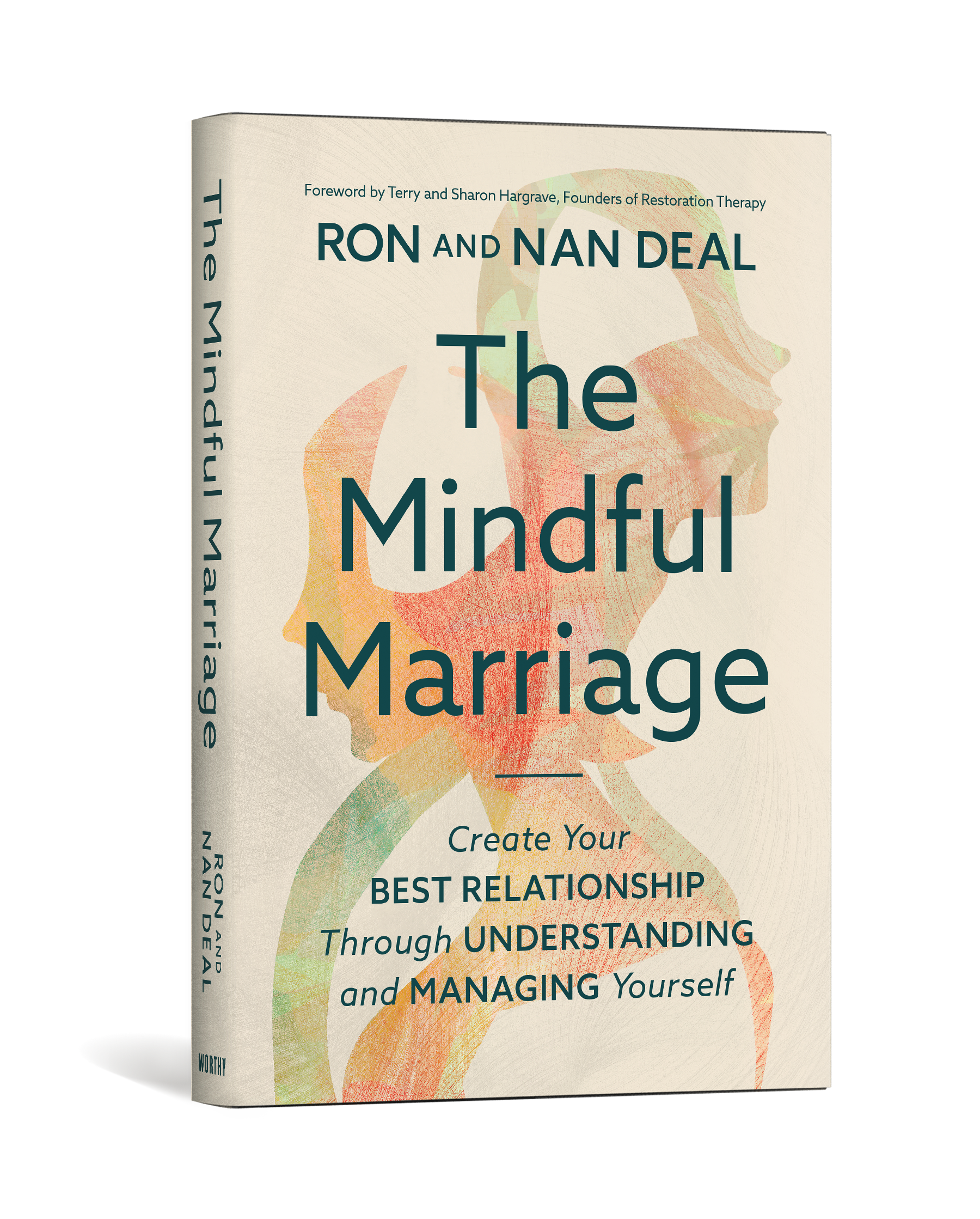
In case you didn't know, 28 academic and popular marriage experts have endorsed this book:
“I highly recommend this book,” Dr. Gary Chapman | “Their principles can revolutionize marriages...Highly recommended!” Dr. John Townsend | “...insights and practical tools to help you transform intimacy in your relationship.” Dr. Juli Slattery | “...this book will help you regulate yourself and bring new hope, passion, and power into your marriage." Lee Warren, MD | ...plus Shaunti Feldhahn, Dr. Jim Burns, Dr. Jim Sells, Dr. Mark Yarhouse, Nicky & Sila Lee, Julie Baumgardner, Dr. Michael Sytsma, Dr. Chris Gonzalez, Dr. Eric Scalise, John McGee, Dr. Tim Clinton, and more!
BONUS CONTENT: Click the Green Button Below to Access:
- Bonus: The Mindful Marriage Workbook - space to capture your thoughts as you read and discuss the book
- Article: Everyday Humility
- Article: Humility - Fuel for Change
- Article: Scripture Wisdom about the Nature and Relational Impact of Humility
- Article: The Humility Shift Daily Exercise
- Article: What Marriage Ministry Sometimes Gets Wrong
- Extra Copies: Exercises 1-5, Pain Cycle, Peace Cycle (for a partner or for further reflection)
- Shareable PDF: Introduction and Chapter 1 of The Mindful Marriage (to share with a friend or pastor)
- Shareable Excerpt -- Navigating Grief: The Two Rails
Welcome Video from Ron & Nan
1 minute | Learn how to download your free bonus content and what you can do with it.
Small Groups
The Mindful Marriage is a natural small group study. No extra guide needed. Just read a chapter and discuss. Do the included exercises, share insights, and help each other walk out the principles. Plus, our optional FREE bonus material, including a workbook for personal reflection, can be helpful for the group. Buy a copy for each couple in your group and just get started! Appropriate for dating, engaged, married, and blended family couples.
If you’re a returning subscriber, simply enter your name and email in the pop-up and you'll get access again. (No need to confirm your email this time.)
Audiobook Listeners:
Download the book Exercises, and Pain Cycle and Peace Cycle images here (no sign-up required)
Find live and livestream events, or bring The Mindful Marriage Conference to your church.
Looking for a Restoration Therapist (as referenced in The Mindful Marriage)? Go here
More praise for The Mindful Marriage from therapists, educators, and practitioners!
“This is a GREAT book for your marriage.” Dr. Jim Burns
"Discover the power of mindfulness and emotional healing with The Mindful Marriage.” Dr. Michael Sytsma
“...profound but uniquely accessible to everyone.” John McGee
“...a treasure I will personally return to again and again, and a resource I am eager to recommend to friends and clients… This is the marriage book you’ve been looking for!” Nicole Zasowski
“The Hargraves and Deals masterfully lead us on a pathway to peace and deep connection in our most important relationship… This book is an essential for our time!” Dee Dee Mayer
“A MUST HAVE masterful manuscript…” Joneen Mackenzie
“This is a book, and manual, that I will recommend to both friends and clients.” Dr. Brad Strawn
“This book is a must-read for every couple who wants less pain and more peace.” Casey & Meygan Caston
“This will be my go-to resource for helping the couples that I work with!” Dr. Jeff Cline
“This accessible, engaging book is designed and ready to change your marriage for the better.” Dr. Scott Symington
“Readers… are gently guided through this mindfully healing process.” Dr. Cliff & Joyce Penner
“Relational care seldom found in one book,” Dr. Jim Sells
“An indispensable guide for couples and the therapists who work with them,” Dr. Mark Yarhouse
